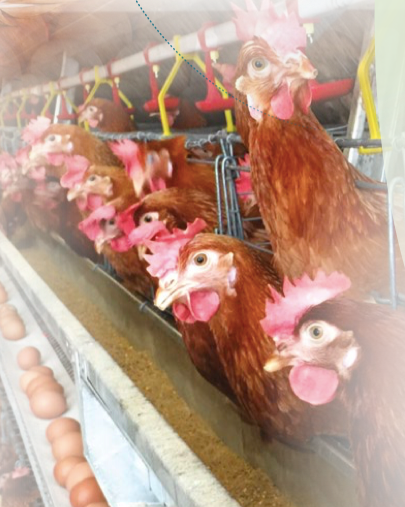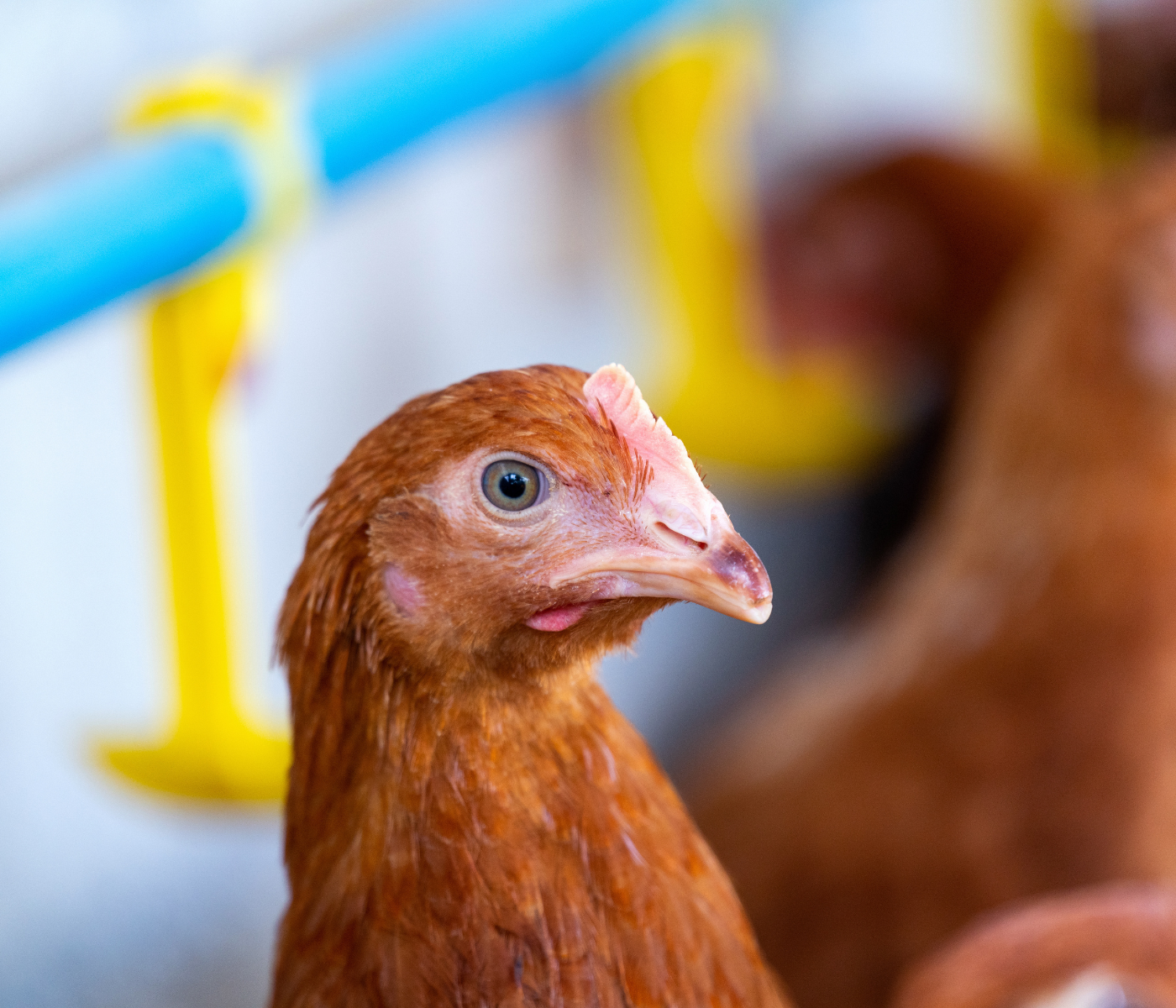Content available at: العربية (Arabic)
Antimicrobial use in commercial poultry has been drastically reduced or eliminated in recent years. Improved livability without the need for medication is definitely a reality today in various breeds and breed crosses of commercial egg layers. It is important to review some of the factors involved in maintaining flock health and performance without the need for medication.


Flocks can sustain long production cycles without significant detriment to their health, bone integrity and eggshell qualities.
A large part of the reason why chicken flocks can now achieve a production of up to 500 eggs by 100 weeks of age, is because livability to 100 weeks has improved dramatically in recent years.
And also because eggshell quality and proper egg size can be sustained for a long time without being affected detrimentally by age.
INFRASTRUCTURE, HOUSING, AND EQUIPMENT


Farm and house design should always match the biosecurity and welfare needs of pullets and hens. Regarding infrastructure, it is not absolutely necessary to have the best and most expensive facilities.
What is important is that the investment in infrastructure is geared to ensure permanent bird comfort, shelter from diseases and predators and minimal risk for foodborne pathogen contaminations. Farm isolation contributes to minimizing disease risks. Additionally, a common mistake is to remove litter from one house after other houses on the farm have already been cleaned.

The type of housing and equipment should ensure thermal comfort at all times, excellent air quality and proper ventilation to reduce manure
moisture and insect proliferation.
- If pullets or hens are in cages, adequate bird density is
TO CONTINUE READING REGISTER IT IS COMPLETELY FREE Access to articles in PDF PDF
Keep up to date with our newsletters
Receive the magazine for free in digital version REGISTRATION ACCESS
YOUR ACCOUNT LOGIN Lost your password?














